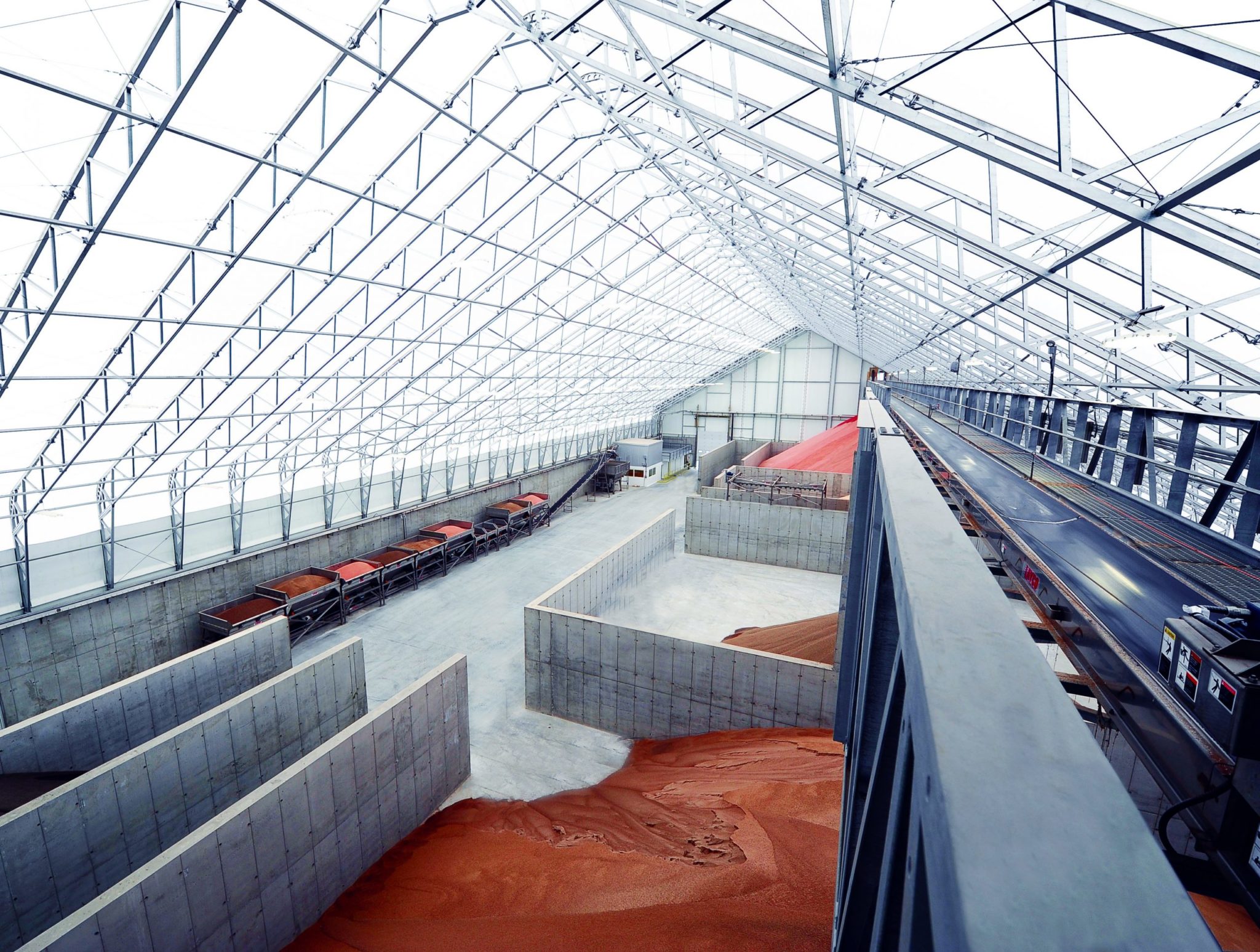Fabric Buildings Solve Problems for Fertilizer Storage
by Admin | Jun 20, 2018

The general concept of using lightweight yet strong fabric over a steel frame is not a new concept. This type of architecture has been used to build teepees and yurts for ages. Calhoun Super Structure uses those same principles in today’s engineered fabric structures to provide unique benefits for the fertilizer industry.
Unique Problems of Fertilizer Storage
1. One of the biggest problems the fertilizer industry has to deal with is the destruction caused by ammonia fumes to traditional structures. Ammonia released by fertilizer can cause corrosion of structural materials, particularly traditional steel. The industry needed to find non-corrosive materials that would withstand caustic environments such as fertilizer.
2. Adequate ventilation is also critical to prevent combustion and enhance the breathability of workers within the fertilizer environment. While ammonia isn’t considered a flammable gas, a large and intense energy source may cause ignition and/or explosion, and breathing in the ammonia fumes from fertilizer is unsafe for workers. Due to this, the storage of fertilizer is a highly regulated industry, thus structures must meet rigid building requirements. Buildings should have adequate provisions for ventilation to help dissipate heat and discharge fumes.
3. Another problem particular to the fertilizer industry is the requirement for a large amount of space to allow tipping trucks and other equipment sufficient room to move while loading and unloading fertilizer. Fertilizer storage structures needed to be devoid of support columns and must include enough space to separate various types of fertilizers when multiple types are being stored within the same building.
Unique Solutions for Fertilizer Storage Provided by Engineered Fabric Structures
1. Solving the Corrosion Issue
Hot-dip galvanization (HDG) guards steel trusses against corrosion. The three-step process to hot-dip galvanized steel begins with a thorough cleaning to remove loose iron-bearing debris from the surface. Next, the pieces are coated through a batch process where steel tubes are hung on a dipping rod, moved into place, and dipped into a vat of molten zinc. To further prevent corrosion of hot-dip galvanized steel trusses, Calhoun builds fabric structures using open-web trusses. We aerate the welded corners of our HDG open web trusses, allowing zinc to penetrate inside during dipping. This ensures 100% protection from erosion, inside and out. Our HDG open web trusses will never corrode or buckle from the inside. These extra measures result in a stronger overall fabric structure compared to any other on the market. Super Shield rubberized spray coating acts as an additional layer of protection against rust and corrosion from fertilizer. Super Shield is an option that is added after HDG. Adding this gives our fabric structures greater life expectancy for your fertilizer storage, thus increasing return on investment.
2. Solving the Ventilation Issue
A well-ventilated fabric structure is critical in the comfort and efficiency of fertilizer operations. Whether ventilation is needed for the health of employees or improving airflow in such a caustic environment, ventilation requirements are the industry standard in the fertilizer industry. HVAC systems and ventilation can be added to most Calhoun fabric building frames. Calhoun can assist in providing various types of ventilation system options that work with storing fertilizer. Some of the many options we recommend include Radiant Tube Ventilation, Make Up Air Systems, Passive and Active Wall Vents, and Ridge Vents. Fans and exhaust vents are active ventilation options to create desired fabric building airflow. While these options require additional cost and maintenance they provide optimal airflow for certain industry applications.
3. Solving the Space Issue
One of the critical benefits of fabric structures is the lack of interior posts creating a clear span environment allowing tipping equipment plenty of space for movement. With width’s available up to 250′ and any length and height, you can have as much open space as you need for easy maneuverability, storage, mixing, and distribution.
Request a Quote for a Fertilizer Storage Building
In addition to addressing key issues for the fertilizer industry, Calhoun’s fabric buildings offer plenty of natural light to either fully eliminate or greatly reduce the need for electric lighting. The inside temperature is naturally regulated for workers.
If you are in need of a new solution for your fertilizer storage problems, contact us today. We have over two decades of experience at your disposal. We look forward to working with you.

